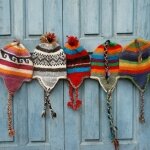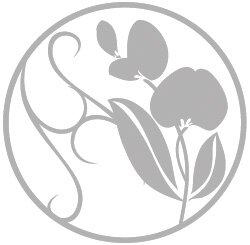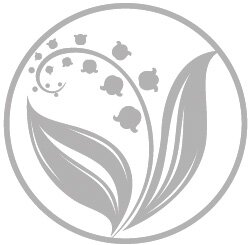

Spend some time looking at the above color and observe how you feel. Does it invigorate you? Do you feel sleepy, or depressed, or annoyed? Scan your body and take note of any sensations that may arise.
This color is named for the two US Navy officers who first experimented with its use in the Naval Correctional Facility in Seattle, Washington by request of a researcher named Alexander Schauss. Alexander Schauss, Director of Life Sciences at the American Institute for Biosocial Research in Tacoma, Washington, did studies on psychological and physiological responses to the color pink.
The color is also known as Schauss pink, for this same man’s extensive research into the effects of the color on emotions and hormones, and it also goes by the name Drunk Tank Pink in conjunction to the scientific studies conducted around it.
Schauss was inspired by studies conducted by the Swiss psychiatrist Max Luscher. He believed that color preferences provided clues about one's personality. Luscher noticed, in his studies, that the color preferences of his patients shifted according to psychological and physiological fluctuation. Luscher pushed the concept that color choice was reflected by concurring emotional and mental health states. His theory was that a person's choice of color reflected parallel changes in the endocrine system. This is the part of the brain that produces hormones.
Schauss conducted tests in 1978, in which he observed that color did actually have an affect on muscle strength. He found that it either invigorated or made the subject lethargic. His studies showed that color even had an influence on the cardiovascular system.
It was Schauss who discovered that this particular shade of pink had the most profound effect of all of the colors on making a person feel sluggish. The result creates an impact of lowering the heart rate, pulse and respiration in comparison to other colors on the spectrum.
The following year, he managed to convince the directors of the Naval correctional institute in Seattle, Washington to paint some prison confinement cells pink. This was done in order to determine the effects this could have on inmates there. To follow suit, he then named the color after the Naval correctional institute directors, Baker and Miller as previously stated.
It was here that the rates of assault were monitored. This was done both before and after the interior was painted pink. According to the Navy's report, the procedure was initiated on the first of March 1979. They said that there were no incidents of erratic or hostile behavior during the beginning phases of confinement. The report that was made was that only fifteen minutes of exposure was required to eliminate the risk of violent or aggressive behavior. The report observed that these types of behavior were indeed reduced as a result of exposure.
Further research has shown conflicting results on the effects of Baker-Miller pink. Despite the fact that the initial results at the Naval Correctional facility in Seattle were positive in relieving anxiety of those exposed, it was later observed that inmates at another facility were found attempting to scratch the paint from the walls with their fingernails if exposed for a longer duration than fifteen minutes.
In 2013, a book entitled Drunk Tank Pink was named for this same color. The author’s name is Adam Alter, a professor of marketing and psychology at New York University's Stern School of Business. The book delves into an explanation of how elements of the environment, like color, are capable of influencing how people think, feel, and behave.
Baker-Miller pink was also studied by a team of researchers at Johns Hopkins University. It was here that a peculiar tendency toward appetite suppression was observed. Research has confirmed that the stress-reduction effects that were discovered from the afore mentioned tests correspond to appetite reduction as an unexpected side effect. This was fortunate for the team because they were also on the hunt for alternative means of weight loss.
More recently, news of the color that saps your energy spread rapidly to the point where in the early 1980s, a visiting-team football locker room at Iowa and Colorado State were painted pink in attempt to undermine the away teams’ playing abilities. This was until, in an effort to control this sneaky, unsolicited color therapy, a rule was passed by the Western Athletic Conference that both visiting and home teams' locker rooms had to be painted the same color. This is an example where color was showed to be capable of being a controlled substance.
























































